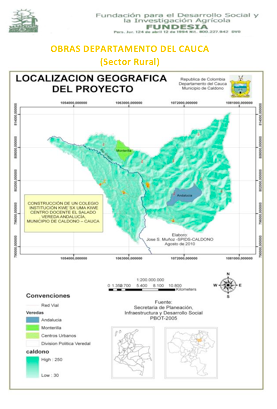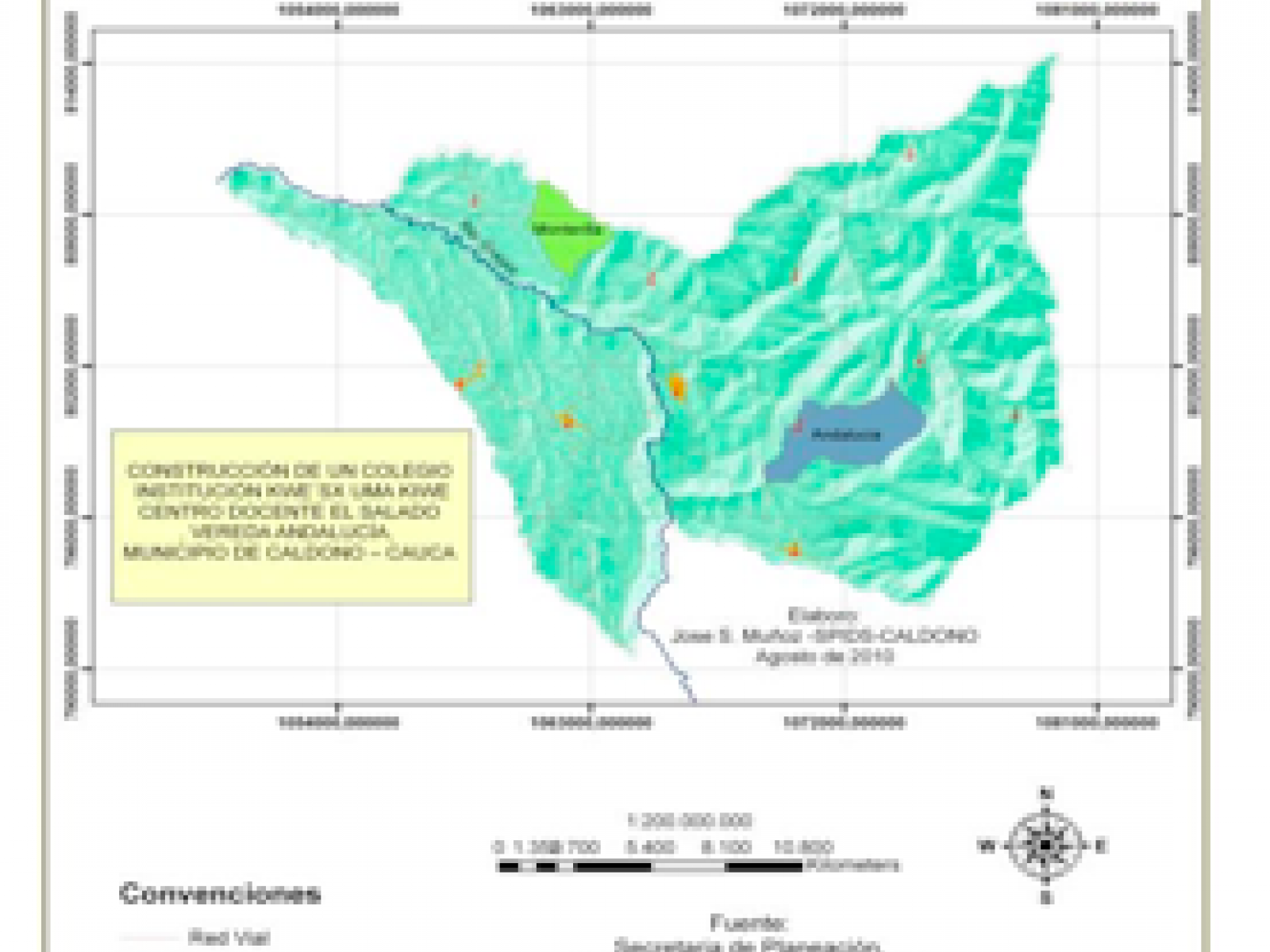An Overview Of Our Solution
- Population Impacted:
- Continent: South America
Organization type
Population impacted
Size of agricultural area
Production quantity
People employed
Describe your solution
Describe your implementation
External connections
What is the environmental or ecological challenge you are targeting with your solution?
Describe the context in which you are operating
• Caldono has a population of about 33.122 people
• The agricultural frontier has expanded to the point that pristine ecosystems have been affected by the indiscriminate logging of native species of trees
• As a consequence biodiversity has declined significantly around this area
• The monocultures of coffee and sugar cane have had an impact on biodiversity as well as lack of diversification in crops of other
• Water volume and water quality have decreased
• Forest fires have become a constant during El Niño periods, which in turn threat the water supply
• After more than fifty years of armed conflict with the FARC-EP (Armed Revolutionary Forces of Colombia), the region presents sequels of forest destruction and eroding soils due to illegal crops of coca leaf and poppy seeds
• 69.3% of the people of the area do not have their basic needs met
• The mortality rate for every 1.000 children born alive is 25.7%
• The tuberculosis mortality rate is the highest in Colombia, 12.04 deaths for every 100.000 people
• The area has been declared by the national government as a reconciliation zone. There are currently 600+ ex-guerrilla fighters ready to reenter civil life, with all the challenges that it poses to the communities that host them.
How did you impact natural resource use and greenhouse gas emissions?
Language(s)
Social/Community
Water
Food Security/Nutrition
Economic/Sustainable Development
Climate
Sustainability
So far we have self-funded this initiative from the proceeds of other economic activities in which we are engaged. We are expecting that by reaching out to CRC and ICA, we can find additional funding.
Return on investment
Entrant Banner Image

